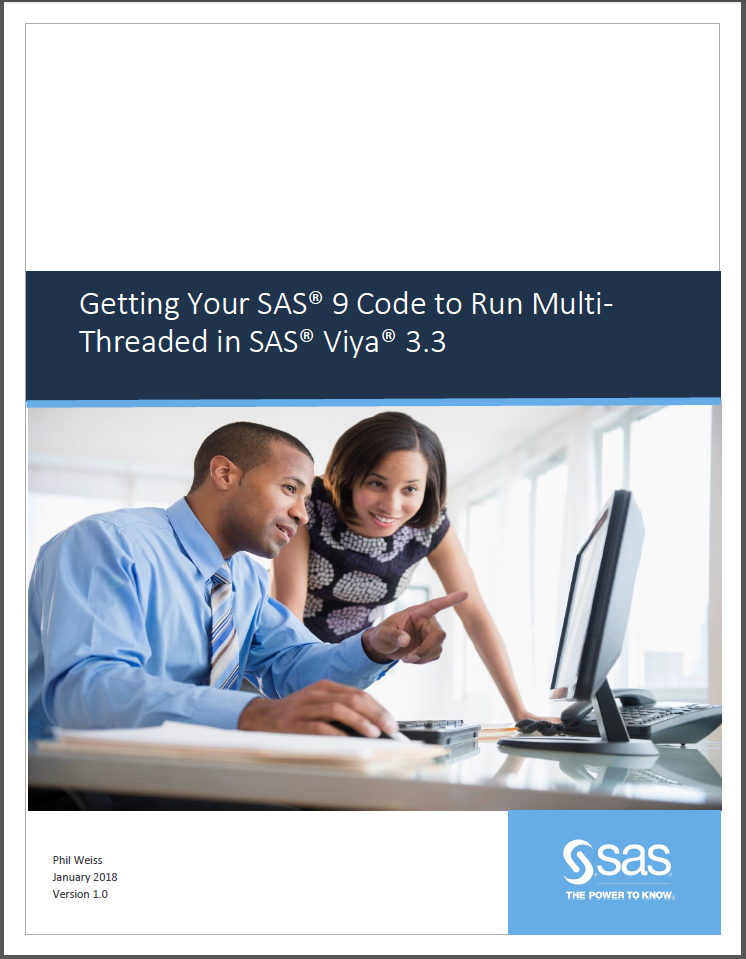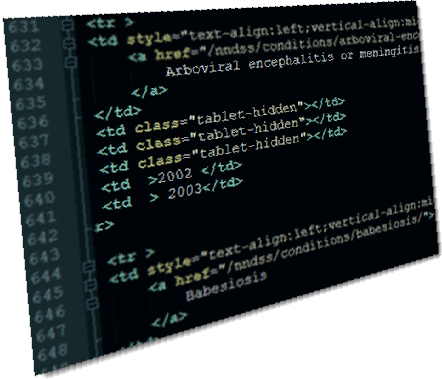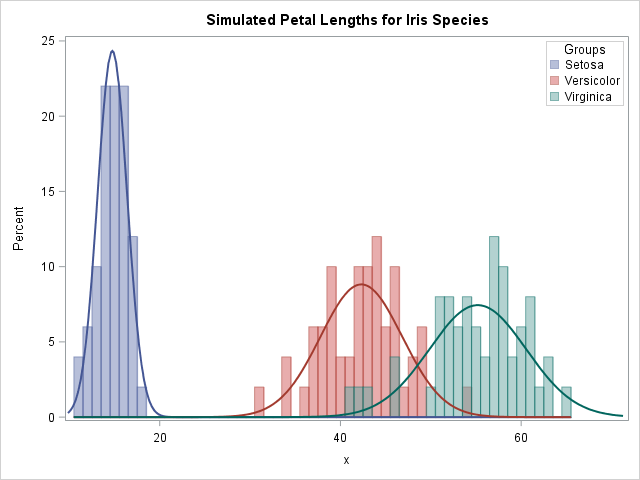
Want to see my newly minted certified professional badge? Scroll down to take a peek. Yes, I managed to successfully complete the Base SAS Programmer certification exam… with, ahem, flying colors I might add. Here are my tips to tackle the Base SAS certification exam: 1. Get clear on the




































